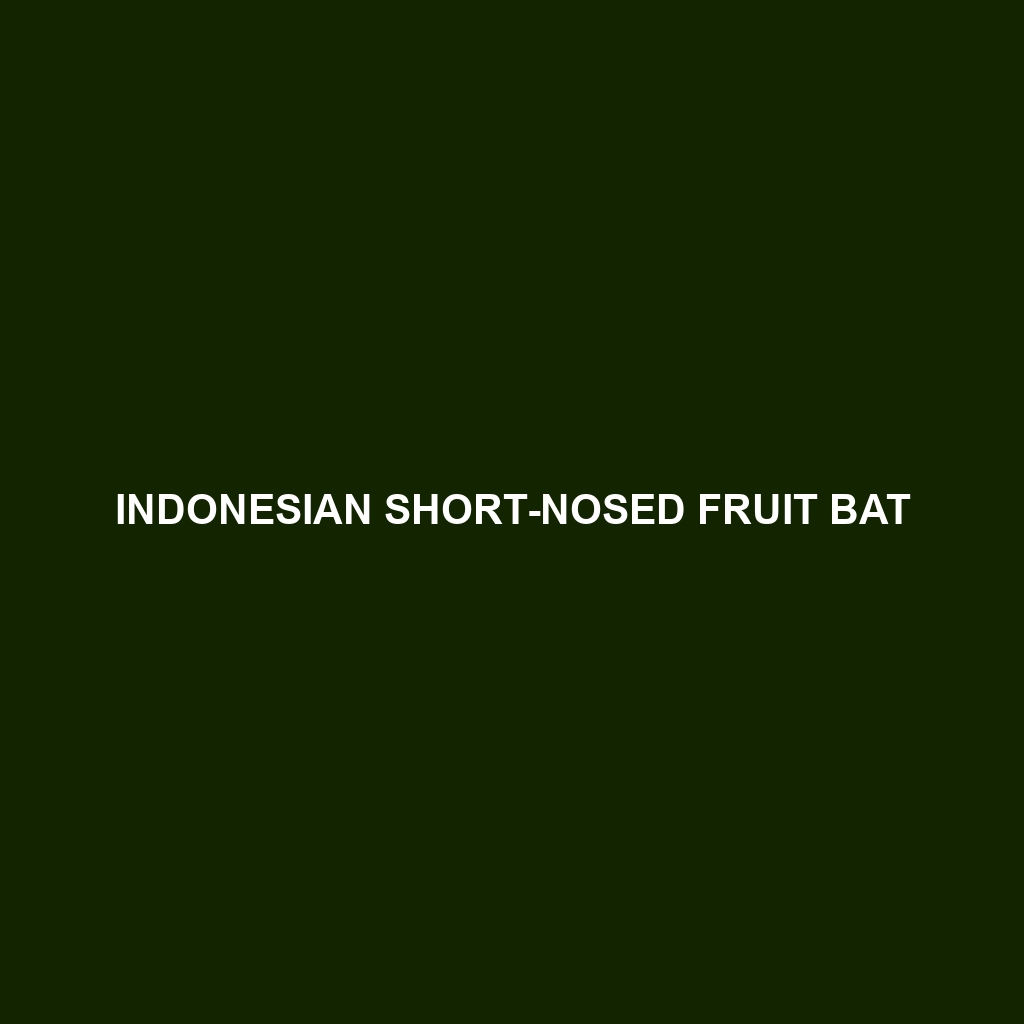White-collared Fruit Bat
Common Name: White-collared Fruit Bat
Scientific Name: Artibeus cinereus
Habitat
The White-collared Fruit Bat is primarily found in tropical and subtropical regions of Central and South America. Its geographic range extends from southern Mexico through countries such as Honduras, Nicaragua, and into parts of Brazil and Ecuador. This species favors humid forests, including rainforests and gallery forests, where it roosts in caves, tree hollows, or dense vegetation, making it well-adapted to its lush environment.
Physical Characteristics
The White-collared Fruit Bat typically measures between 10 to 12 centimeters in body length with a wingspan that can exceed 30 centimeters. It has a distinctive coloration, featuring a gray to brownish fur coat, with a notable white or cream-colored collar around its neck. The bat’s large eyes and ears aid its nocturnal lifestyle, while its broad wings are perfectly designed for agile flight in dense foliage, enhancing its foraging capabilities.
Behavior
White-collared Fruit Bats are primarily nocturnal creatures, often seen flying among the treetops in search of ripe fruits. They are social animals, frequently forming colonies that can number in the hundreds. Utilizing echolocation, these bats are adept at navigating through their environment, with their vocalizations being key to communication within the colony. Their unique roosting habits, often in large groups, can lead to fascinating social interactions that interest many wildlife enthusiasts.
Diet
The diet of the White-collared Fruit Bat predominantly consists of fruits, particularly figs, mangoes, and other tropical fruits. This fruit-eating behavior, known as frugivory, makes them essential for seed dispersal in their ecosystems. They are known to consume nectar as well, attracting attention for their role as pollinators for various plant species. Their feeding habits are crucial in maintaining the biodiversity of their habitat.
Reproduction
Reproduction in the White-collared Fruit Bat typically occurs once a year, with the breeding season peaking during the warmer months. After a gestation period of approximately three months, females give birth to a single pup, which they nurture in the roosting colony. Maternal care is significant, as mothers will often take turns watching over the young while others feed. This cooperative behavior enhances offspring survival rates.
Conservation Status
The current conservation status of the White-collared Fruit Bat, as assessed by the International Union for Conservation of Nature (IUCN), is classified as “Least Concern.” However, habitat destruction, particularly through deforestation and urban expansion, poses potential threats to its population stability. Conservation efforts are essential to protect their natural habitats and ensure a sustainable future for this species.
Interesting Facts
– White-collared Fruit Bats are known to have excellent memory, particularly when it comes to locating fruit trees.
– They can travel distances of up to 10 kilometers in search of food, showcasing their strong foraging skills.
– These bats play a significant role in seed dispersal, aiding in forest regeneration.
Role in Ecosystem
The White-collared Fruit Bat serves a vital role in its ecosystem as both a seed disperser and pollinator. By consuming fruits and subsequently redistributing the seeds through their droppings, they help to promote plant diversity and maintain healthy forest ecosystems. Additionally, their pollination activities contribute to the growth of various flowering plants, underscoring their importance in ecological interactions within their habitat.
